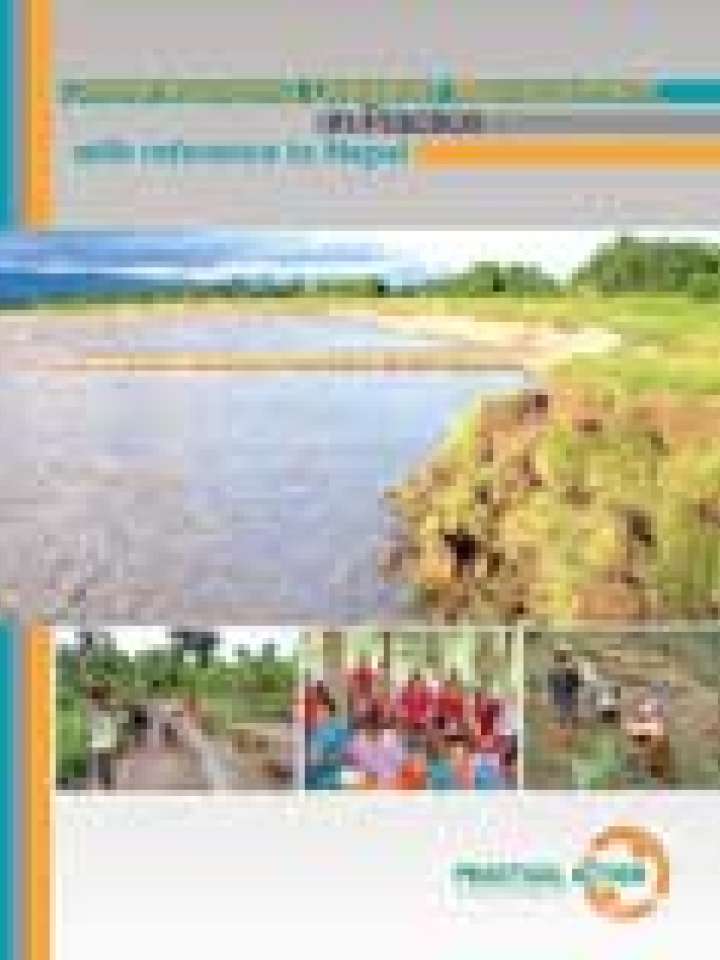Understanding disaster management in practice: with reference to Nepal
This book charts the approach to disaster risk reduction and poverty alleviation followed by Practical Action in Nepal. It aims to be informative of the relationship between disasters and poverty and makes suggestion on the basis of the project work with Nepali communities.
Chapter two focuses on the Nepal profile and illuminates the physical and human features of the country, yet the approach described is applicable anywhere if tailored to the context and is highly relevant for multiple-hazard contexts. Chapter three outlines the logical progression from disaster and poverty focus to a vulnerability approach, and explains why working with communities is important to the imperative. The practical planning processes outlined in chapter four are the initial steps for reducing vulnerability. The chapter’s explanation of the community selection process, vulnerability assessments and plan formation make it a valuable resource for local, regional and national planners and policy makers, disaster practitioners and organizations hoping to work with community knowledge at the local level.
Putting these plans into practice, chapter five explains the whole disaster cycle and identifies and precautions steps that should be implemented at each stage. Chapter six describes ways to link local level plans with higher-level process and disasters practitioners as well as government organisations will find it useful for understanding how communities can benefit from inclusion in national and international policies. Chapter seven explains the impact of climate change for those that are already susceptible to disasters and draws upon Practical Action’s experience in dealing with this new threat to outline ways in which this extra burden for those in poverty can be averted.
Finally, the book acknowledges that neither disasters nor vulnerability are static processes but evolving challenges that require constant learning and improvement to approaches. Whatever uses the reader takes from the book, a key lesson is that by working together with communities it is possible to simultaneously reduce the losses, distress and disruptions caused by disaster and alleviate poverty.
Explore further
